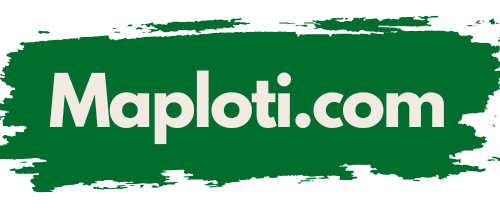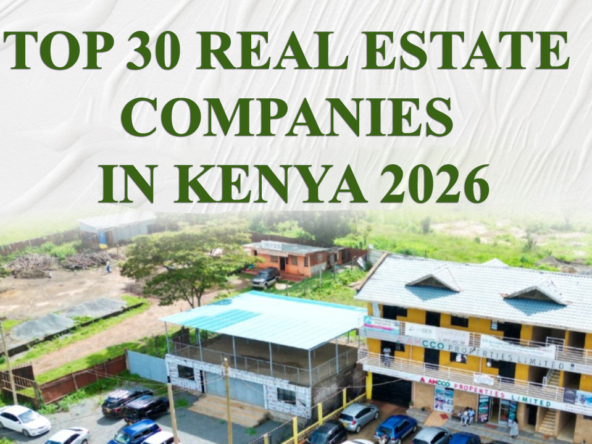Navigating Kenya’s Mortgage Maze: Challenges, Low Uptake, and the Ascent of Alternatives in 2025
Homeownership is a widely held aspiration in Kenya, yet the path through traditional mortgage financing remains a narrow and challenging one for the vast majority. Despite a growing economy and increasing housing demand, Kenya’s mortgage market is frequently described as underdeveloped, with reports indicating that fewer than 1% of the adult population has access to mortgage facilities. This article explores the primary hurdles within the formal mortgage sector and the consequent rise of alternative financing mechanisms.
The High Barriers to Traditional Mortgages:
Several deeply entrenched factors contribute to the limited uptake of mortgages in Kenya:
- Prohibitive Costs: High average interest rates, typically ranging from 12% to 14%, are a major deterrent. When combined with requirements for substantial down payments (often 10-20% of the property value), significant legal fees, and stamp duty, the upfront and ongoing costs of a mortgage become unattainable for a large segment of the working population.
- Stringent Qualification Criteria: Financial institutions often perceive mortgage lending as high-risk, particularly in a fluctuating economic climate. This translates into tight loan qualification criteria, including high income thresholds and stringent credit assessments, which exclude many average income earners.
- Complexity and Lack of Awareness: The mortgage application process can be perceived as complex and lengthy. Furthermore, there may be a lack of widespread awareness or understanding of different mortgage products, including potentially more accessible options like graduated repayment loans. Graduated loans, designed with lower initial payments that rise over time, account for a mere 3.7% of real estate loans, indicating their underutilization. Many Kenyans are also wary of long-term debt that might grow, especially in an economy with uncertain job security.
The Ripple Effect: A Shift Towards Alternatives:
The inaccessibility of traditional mortgages has significant consequences, compelling aspiring homeowners and investors to seek other avenues:
- Rise of SACCO Financing: Savings and Credit Co-operative Societies (SACCOs) are playing an increasingly crucial role in enabling homeownership and property development. SACCOs often offer more flexible lending terms, lower interest rates compared to commercial banks, and a member-focused approach that resonates with many Kenyans. They are becoming a go-to source for land purchase loans and construction financing.
- Preference for Land Purchase Loans: As discussed previously, a significant portion of real estate-related loans (61.1%) are for land acquisition. These loans are often perceived as more accessible and manageable than full-fledged mortgages for developed properties.
- Incremental Building: Many Kenyans opt to buy land and build their homes incrementally over time, as finances allow, thereby bypassing the need for a large, long-term mortgage.
Tools and Financial Literacy:
Online platforms are increasingly offering tools like mortgage calculators to help individuals understand their affordability and plan their finances. While these tools are valuable for enhancing financial literacy, they do not fundamentally address the systemic issues of high costs and stringent criteria that plague the formal mortgage sector.
The Path Forward:
For Kenya to significantly boost homeownership rates, a multi-pronged approach to reforming the mortgage market is necessary. This could involve:
- Developing innovative and more affordable mortgage products.
- Addressing the high-interest-rate environment.
- Streamlining application processes.
- Enhancing consumer protection and financial education.
- Potentially strengthening the role of institutions like the Kenya Mortgage Refinance Company (KMRC) to provide longer-term, lower-cost funding to primary mortgage lenders.
Until such systemic changes take root, alternative financing mechanisms, particularly through SACCOs and direct land purchases, will likely continue to be the primary pathways to property acquisition for many Kenyans.




